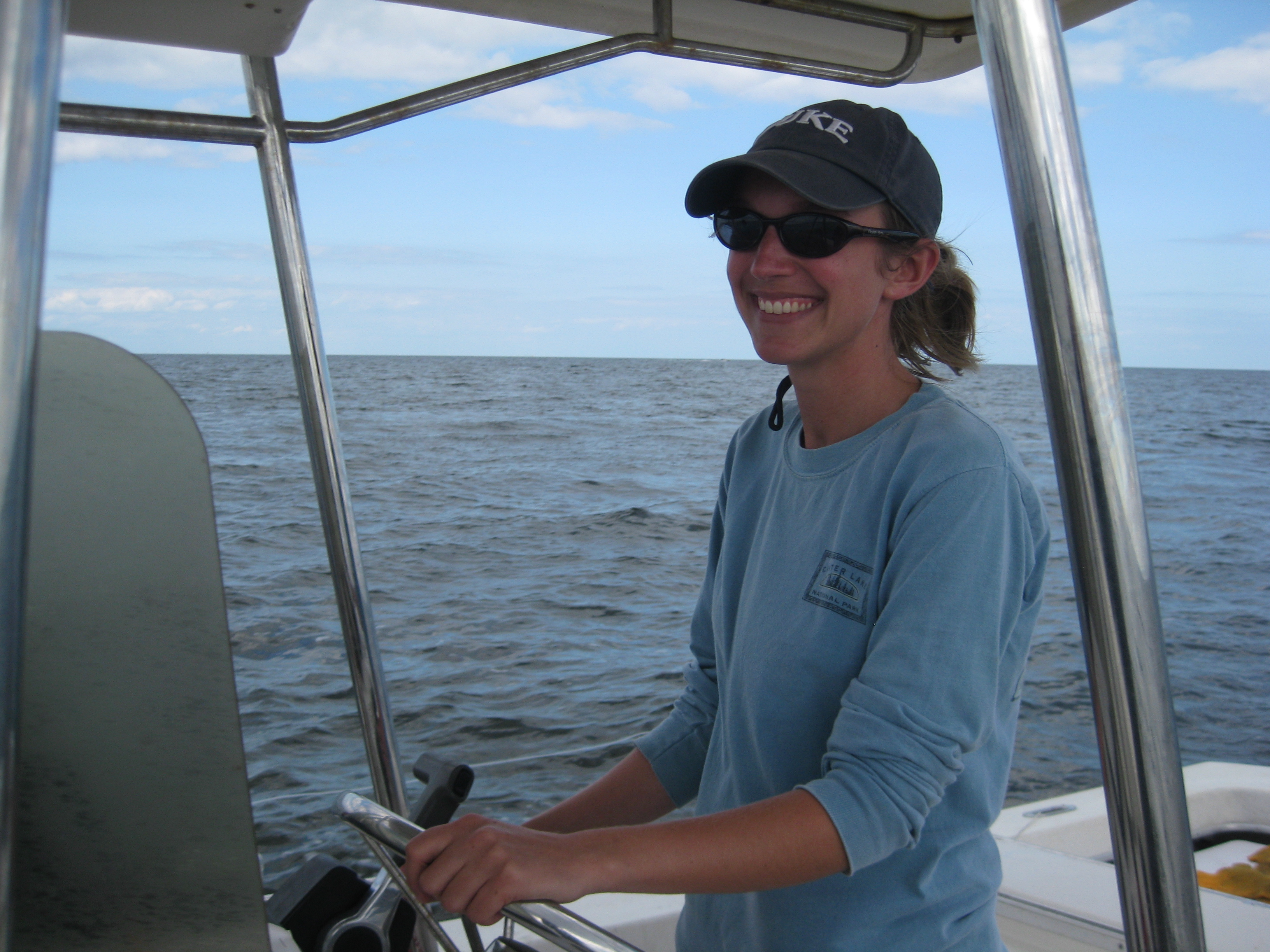This May and June, Duke University, the Cascadia Research Collective, the University of North Carolina at Wilmington and the Woods Hole Oceanographic Institution are collaborating on a research project to learn more about the movements and diving behavior of odontocete cetaceans off Cape Hatteras, North Carolina. This research is funded by the Naval Facilities Engineering Command Atlantic and forms part of the Integrated Comprehensive Monitoring Program for the Atlantic Fleet.

The first part of this project began this past week when Daniel Webster from Cascadia travelled to North Carolina to work with Zach Swaim, Heather Foley and Andy Read from Duke. Working approximately 40 miles offshore on the Duke University Marine Laboratory’s new research vessel, the Richard T. Barber, the team enjoyed three days of good weather and encountered many groups of offshore bottlenose and common dolphins, Cuvier’s beaked whales and short-finned pilot whales. On Wednesday, May 14th, the aerial survey team from the University of North Carolina at Wilmington provided critical support to the tagging team by relaying sightings of beaked and pilot whales.

The research team was able to deploy satellite-linked tags on a Cuvier’s beaked whale and three short-finned pilot whales. These are the first deployments of satellite-linked tags on free-ranging individuals of these two species in the U.S. Atlantic Exclusive Economic Zone. Two of the tags (including the tag deployed on the beaked whale) provide information on diving behavior as well as horizontal movements.

Next week, the team will be back offshore to deploy more tags on beaked and pilot whales, together with deployments of tags on some of the smaller dolphins. This phase of work will be followed by deployments of archival Digital Acoustic Tags (DTags) which provide a detailed short-term (24-hour) record of the three-dimensional movements and vocal behavior of these species. Stay tuned for more updates.




